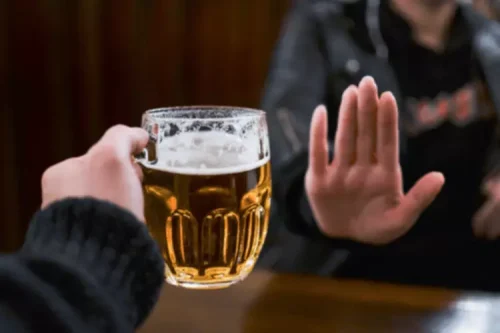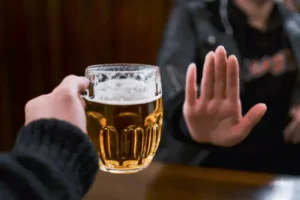
The most noticeable symptom of rhinophyma is swelling and redness of the nose and face. If a person has an existing rhinophyma condition, alcohol may aggravate it. While there is no cure for rosacea, treatments are available to keep the symptoms under control. When you call our team, you will speak to a Recovery Advocate who will answer any questions and perform a pre-assessment to determine your eligibility for treatment.
- So while drinking alcohol may not make your nose physically bigger, it can play a role in altering its appearance.
- Having a big nose, even as a result of rosacea, is not necessarily a sign of alcoholism.
- Rhinophyma is in a category of skin conditions known as rosacea, which causes chronic inflammation of the skin.
- This is a very common skin condition that tends to emerge for weeks or months at a time.
- In the early stages, treatments involves medications, but in the advanced stages, it involves surgery.
- A rhinophyma nose from drinking alcohol causes disfigurement and, potentially, lost job opportunities.
Alcoholic Nose: Can Alcohol Affect the Appearance of the Nose?

It can also affect your sleep, increase inflammation in the body, and cause weight gain if you’re not careful about calories in those umbrella drinks. Alcoholic face is a series of obvious facial changes from excessive alcohol use. A red face, puffiness, and changes in the look and feel of your skin are all physical signs of too much alcohol. Alcoholic face is a broad way to describe facial changes from excessive drinking. Redness, discoloration, and a puffy face are all obvious signs that it may be time to cut back on alcohol.

Health Conditions
Oily skin is caused by increased oil production, damage to pores, and a lack of hydration and hygiene. Some effects of alcoholic face, like spider veins, can’t be reversed without cosmetic procedures like laser therapy. Treating other skin effects requires getting to the root of the issue.
Alcoholic Nose Treatment
Widened blood vessels caused drinkers nose photos by heavy drinking allow more blood to travel to right beneath the skin’s surface, which gives the face a more flushed or red appearance. This condition is actually called “rhinophyma” — Greek for “nose overgrowth” — and causes both a reddening and thickening of the nose. It earned its nickname due to a misconception that heavy drinkers are the only ones affected, their nose’s red hue a telltale sign of overindulgence.

- One option is topical metronidazole (Metrocream), a drug that reduces skin inflammation by inhibiting the generation of reactive oxygen species.
- It is benign initially, but it may block airways and increase the risk of skin cancer.
- However, the cartilage in the nose is not very flexible, so it can only grow so much.
It is a type of rosacea, a skin disorder that causes redness, inflammation, and small, pus-filled bumps typically concentrated in the cheeks, nose, and chin. Rosacea is a chronic condition that tends to flare and go into remission; however those with Rhinophyma may find that their nose may continue to grow. While alcohol may not be a cause of drinker’s nose, drinking alcohol can still affect your appearance. Primarily, alcohol is a diuretic that dehydrates the entire body, including the face. Therefore, by stripping the face’s skin of moisture, alcohol contributes to the appearance of wrinkles and saggy, dry skin.
- Alcoholic nose, or drinker’s nose, is an informal term that refers to an enlarged purple nose that is thought to be caused by chronic alcohol abuse.
- Alternatively, someone who suffers from alcohol addiction may feel like their rosacea is a constant, visible reminder of their struggles.
- If you’ve heard of or seen “drinker’s nose,” you might be wondering what causes it — and whether alcohol is truly the culprit.